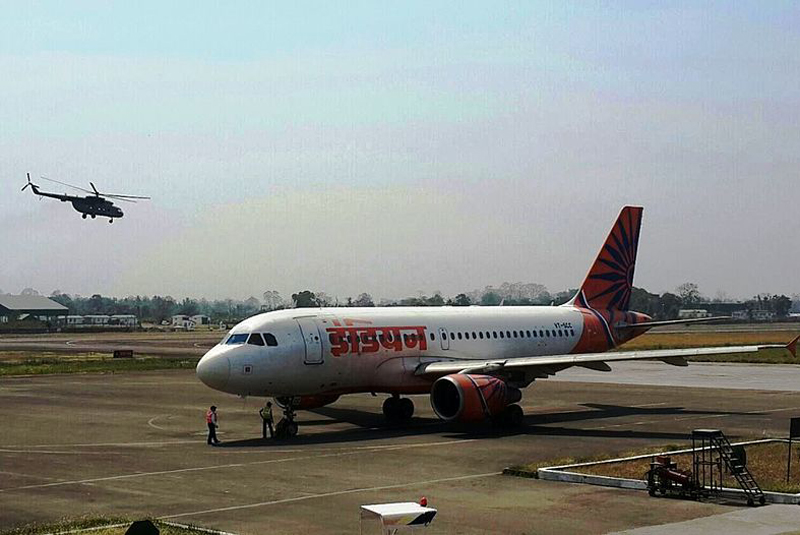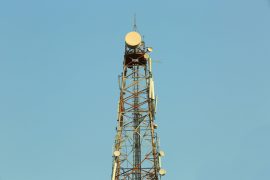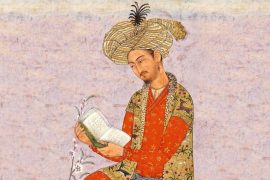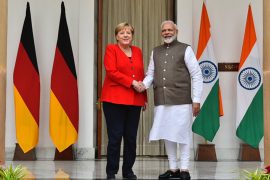India is planning to send 500 or more planes and three ships, including I.N.S. Jalashwa, to bring back Indian nationals from the Gulf. There are more than 800,000 Indians in the G.C.C. (Saudi Arabia, U.A.E., Qatar, Kuwait, Oman, and Bahrain). It is important to note that not all of them are coming back.
Only those who want to come back – because of loss of employment, otherwise got stranded there with an expired visa, the pregnant women and similar categories – would be repatriated back. The exact number is still being worked out, but it can be a few hundreds of thousands of people.
The older readers might recall the 1990-91 evacuation from Kuwait and Iraq after Saddam Hussein foolishly decided to have a picnic in Kuwait in August 1990. About half of the 176,000 evacuees were from Kerala. This time also, the state will bear a good part of the burden as the NORKA website has already received over 350,000 registrations. This figure might go up. However, the total given by the NORKA website relates to 201 countries, though a big majority will be from the Gulf.
Are there lessons to be recalled from the 1990-91 evacuation that found a mention in the Guinness Book of Records as the largest air evacuation in history? Let me recall my experience as Joint Secretary (Gulf) in dealing with the Chief Secretary of Kerala.
As Kuwait was under the U.N. embargo, we got a waiver from the U.N. to send food by ship. I got only 20 hours from the Shipping Corporation of India to fill a ship about to reach Kochi. I called the Chief Secretary of Kerala. He asked for a list of items and quantities. I requested him to decide, taking into account that only 50 per cent were Malayalees and that items of interest to others also should be included. He agreed.
Only after putting down the phone, did it occur to me that I had not told him that the Ministry of External Affairs (M.E.A.) would foot the bill. I called him back. He was not bothered. I followed up with a telex –there was no email in those days – but I do not remember getting a bill.
It was the view of the M.E.A. that the Government had the responsibility to evacuate its citizens in distress. We got this approved by the Cabinet Sub-committee chaired by Foreign Minister I.K. Gujral even without giving an estimate of the likely expenditure. Let us hope that this view would prevail this time also. Of course, Air India was reimbursed later.
Incidentally, I cannot help recalling the generosity of the late K.T.B.Menon, probably the wealthiest Indian in Kuwait. He had not taken the flight to Kuwait, and called from London, perhaps because he knew what was coming. He specifically told me to arrange for the repatriation of everyone by whatever means – and that he would pay.
In 1990-91, it was the fear of war. Now, it is the combined impact of the crashing oil prices and the raging COVID-19 that has thrown thousands out of work. Also, there are those who got stranded when India stopped flights in March.
Another matter of importance is that only the U.A.E. has formally asked India and other workforce exporting countries to arrange for evacuation. It is not that in the U.A.E., the COVID-19 infection is much worse than elsewhere in the G.C.C. The best way to compare is the number of cases per million of population.
In U.A.E., there are 1318 infections per million. The highest is in Qatar at 4893 per million. Therefore, it is intriguing that only the U.A.E. has asked India and other workforce exporting countries to arrange for the evacuation of their nationals who want to get back. We may also note that a U.A.E.-linked association filed a case in the Kerala High Court and another approached the United Nations Human Rights Council in Geneva to compel the Government of India to start the evacuation.
It should also be noted that a Member of Parliament from the state had even approached the Supreme Court in this regard. All that one can say is that the Government Of India could have come out early enough, making it clear that arrangements would be made at the appropriate time for Indians who want to return.
Incidentally, a majority of the infections in the G.C.C., are of foreign workers. For example, in Qatar, Indians account for 32 per cent, Nepalese for 20 per cent, Bangladeshis for 18 per cent, and Qataris only 6 per cent.
A new development is that Oman wants to replace foreigners in the government sector with Omanis. The Ministry of External Affairs has clarified that Oman has assured that visa for Indians would be extended. Is there a misunderstanding here? Even if the visa is renewed, anyone who loses a job will have to come back. At the same, such moves have been announced in the G.C.C. many a time earlier, not with much success.
Let us look at the challenges facing India. Obviously, it is for the Union Government to take care of the logistics of the evacuation. Our Embassies have been instructed to make a list of those who want to get back. The Embassies will need to prioritise categories such as pregnant women, old persons etc.
As thousands start pouring in, they would need to be quarantined at home or elsewhere. Those who have lost jobs, over 56,000 at present – this number is likely going up – will need assistance in getting employment.
One thing is clear. While the rehabilitation of the returnees is the responsibility of the state, whether Kerala or Gujarat, the Centre has the responsibility to step in with the required funding. That funding should be made available without any partisan considerations.
Let us look at the way our Embassies and communities have faced the challenge. By and large, the Embassy and the community have shown commendable synergy. For example, in Qatar, the Embassy and a group of doctors led by Dr Mohan Thomas from Kochi make sure that the stranded Indians get the medicines they need. Since some medicines require prescriptions, these doctors work through the night, conducting a detailed online examination of the patients; the prescriptions are then forwarded to pharmacies that arrange for delivery.
There was an unfortunate instance of a dead body sent back from the Delhi airport, though the Embassy in the U.A.E. had authorised the transportation after duly observing the procedure. The Union Home Ministry delayed issuing instructions to the airport. This was sad as we all need to respect the dead.
Even in the case of an air ambulance that came to Kozhikode from Dubai, an officer in the Ministry of External Affairs had to work hard to expedite the clearance for the family to accompany the body. The Home Ministry should put out a list of three or four officers contactable 24/7 and empowered to take decisions in an emergency situation. The bureaucracy needs to address any crisis with imagination, and wherever necessary, the red tape should be abridged.
* A Malayalam version of this article has been published in Malayala Manorama.
-30-
Copyright©Madras Courier, All Rights Reserved. You may share using our article tools. Please don't cut articles from madrascourier.com and redistribute by email, post to the web, mobile phone or social media.Please send in your feed back and comments to editor@madrascourier.com











